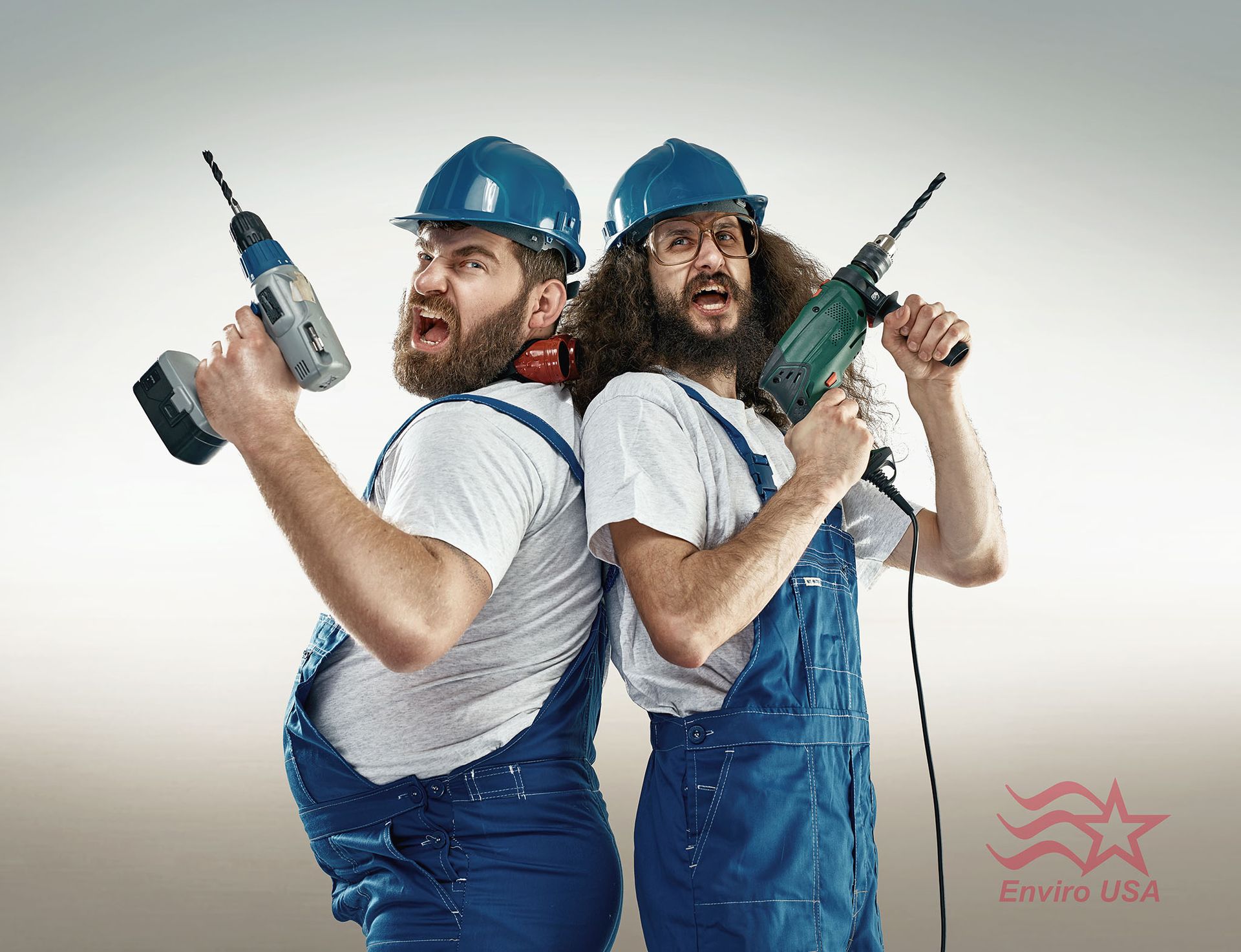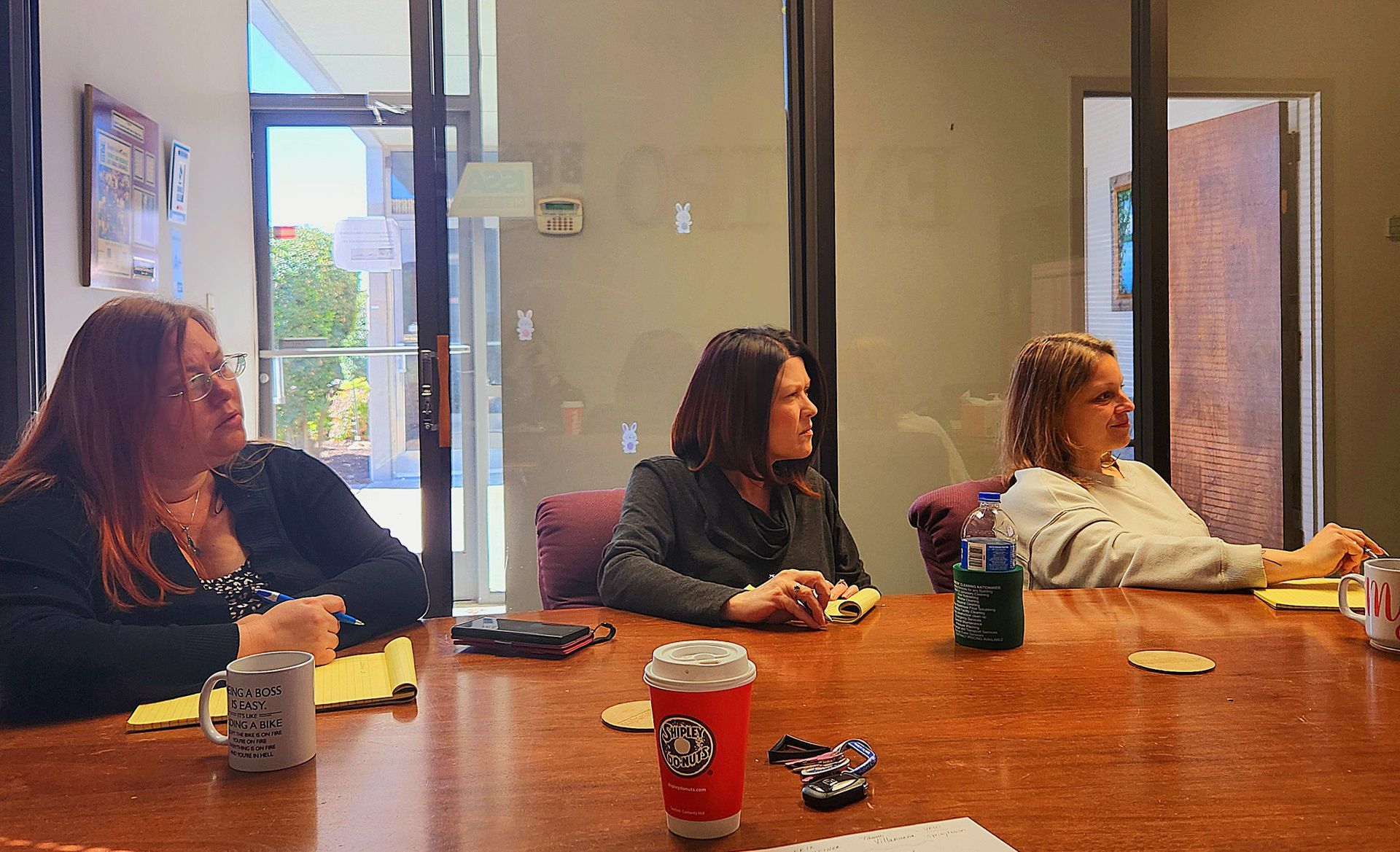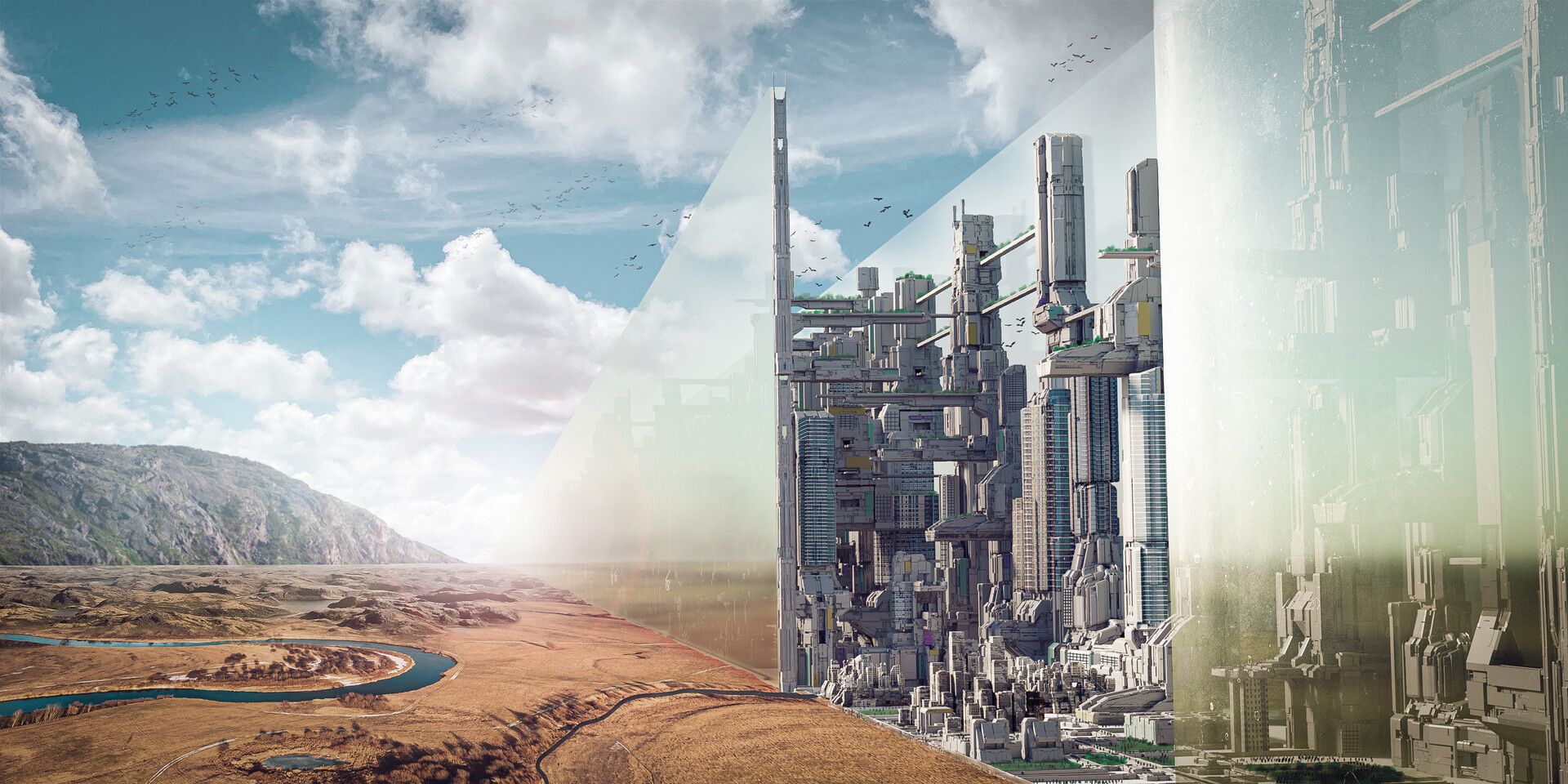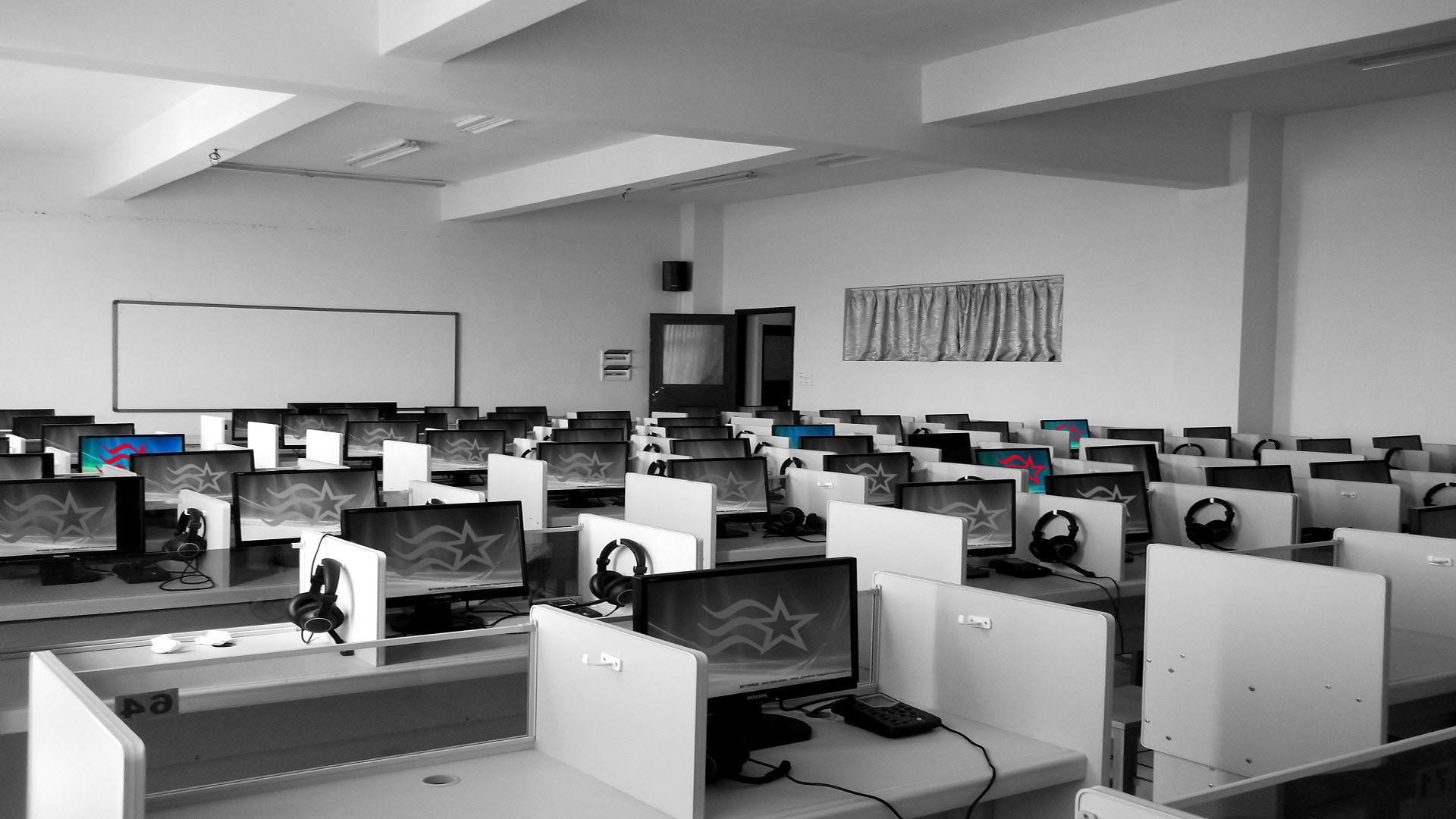History of the Commercial HVAC Unit
Today I am going to go over the very interesting timeline of Air Conditioning:
1758 – Benjamin Franklin and chemistry professor John Hadley experiment with rapid cooling methods, proving that quickly evaporating volatile liquids like alcohol could lower the temperature of an object to below freezing.
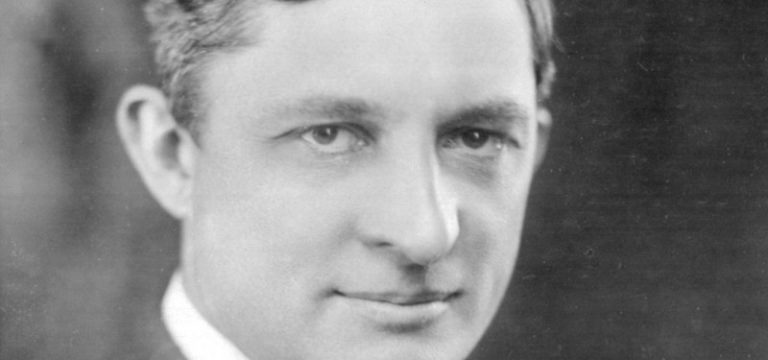
1820 – English scientist Michael Faraday demonstrates how to chill air by compressing ammonia into a liquid and allowing it to evaporate. Ammonia later became the first widely used refrigerant.
1842 to 1851 – Florida physician John Gorrie patents technology for creating ice using a horse-powered compressor, water, and steam.
1902 to 1903 – Willis Carrier designs the first electrically powered air conditioning equipment. It passed air over coils filled with cold water to lower its temperature and to condense moisture out of the air to make it drier. The system is installed in the Sackett-Wilhelms Lithographing and Publishing Company in Brooklyn to control humidity that often made printing impossible. It also lowered the indoor temperature.
1904 – At the World’s Fair in St. Louis, mechanical, rather than electrical, cooling is used to cool the Missouri State Building.
1906 – The term air conditioning is coined by Stuart Cramer for equipment he invented to add moisture to the air of his textile plant.
1906 – Carrier patents his “Apparatus for Treating Air.”
1914 – The Charles Gates mansion in Minneapolis becomes the first private residence to have air conditioning. The AC “plant” was huge – 7 feet tall, 6 feet wide and 20 feet long.
1917 – The New Empire Theatre in Montgomery AL is the first movie theater to install true air conditioning. It was a “6-ton single-acting belt driven refrigerating machine.” When the Central Park Theater in Chicago was fitted with AC just a few weeks later, it got much more coverage in the press.
1922 – Carrier’s company installs air conditioning in the Metropolitan Theater, the first movie theater to have AC.
1922 – Carrier develops the first centrifugal compressor, the pre-cursor to modern variable capacity compressors.
1928 – The first chlorofluorocarbon (CFC) is invented, creating the first non-flammable refrigerant. It is called R-12, it was given the trademark name Freon.
1928 – The 21-story Milam Building in San Antonio, TX becomes the first air conditioned “skyscraper.”
1929 – The first room AC is invented and sold by Frigidaire, a split system with a condensing unit that could be installed in the basement or other nearby location.
1929 to 1931 – General Electric develops the first self-contained room air conditioners.
1931 – The first window air conditioner is invented by JQ Sherman and HH Schultz.
1939 – Air conditioning is an option on the 1939 Packard automobile.
1944 – A survey by the National Association of Home Builders shows that 72% of potential homebuyers expected to be able to purchase an affordable home with central air conditioning after WWII.
1945 – The prototype of the modern and affordable window AC unit is invented by Robert Sherman.
1947 – 43,000 affordable window air conditioners are sold in the US.
1950s – National Homes, manufacturer of pre-fab homes, begins offering central air conditioning as an option for $500.
1952 – 365,000 room air conditioners were sold.
1953 – Automobile manufacturer General Motors offered air conditioning in Cadillac and Oldsmobile models as a $600 option. The equipment was installed in the trunk and added 250 pounds to the vehicle’s weight.
1954 – GM introduces the All-Weather Eye automobile air conditioning with dashboard controls and a cost of just $395.
1955 – Electric provider Consolidated Edison survey results showed that more consumers want a room air conditioner than want a TV or washing machine. The average cost of a room AC was $200 as more manufacturers entered the market.
1965 – The Harris County Domed Stadium, aka the Houston Astrodome, is the first air conditioned sports venue. It was dubbed the “world’s largest air-conditioned room.”
1973 – Japanese HVAC manufacturer Daikin invents the mini split or ductless air conditioning system.
1975 to 1978 – Heat pump technology is developed at the Oak Ridge National Laboratory.
1980 – The U.S. with just 5% of the world's population consumes more air-conditioning than all other countries combined.
1982 – Daikin invents the variable refrigerant flow system, or VRF air conditioning.
1990 – The Clean Air Act mandates phasing out CFC refrigerant because they deplete ozone in the upper atmosphere.
1992 – Energy Standards are set by the US Department of Energy projected to save $29 billion in energy from 1993 to 2023.
1998 – The refrigerant R-410 is developed at the Oak Ridge National Lab. It becomes the leading refrigerant in the 2000s because it improves efficiency and does less harm to ozone.
2006 – New Department of Energy (DOE) efficiency standards are expected to lower carbon dioxide emissions by 369 million metric tons annually, the equivalent of the emissions from 72.4 million automobiles.
2007 to 2012 – The US Energy Independence and Security Act creates funding for 5 years of solar air conditioning research and development. A range of technologies were developed to provide solar open-loop air conditioning using desiccants, solar closed-loop absorption cooling and solar cooling systems using concentrating collectors. These technologies are significant in achieving zero-energy building development.
2015 – DOE energy efficiency standards for commercial HVAC equipment are expected to save 15 quadrillion BTU of energy through 2045 and cutting carbon dioxide emission by 885 million metric tons during that period.
2015 – The DOE also announces the development of projects exploring air conditioning that does not use refrigerant or vapor compression technology.
2019 – Sony begins the First Flight crowdfunding campaign for its wearable air conditioner design called the Sony Reon Pocket. Its technology lowers and raises temperature by transferring heat using electrical current, known as the Peltier Effect.
2019 – Engineers at the University of Missouri design wearable air conditioning that is passive, reflecting solar heat while allowing the body to naturally dissipate heat, achieving cooling of up to 11 degrees F. The program is named “Multiscale porous elastomer substrates for multifunctional on-skin electronics with passive-cooling capabilities,” and is led by Professor Zheng Yan.
Enviro USA has experienced HVAC technicians to help keep your company's building cool in the summer, whether you need preventative maintenance or emergency services call 866-564-1414 or schedule through our website today!
"Building Care Made Easy"
References:
http://www.williscarrier.com/1876-1902.php
https://en.wikipedia.org/wiki/Energy_Policy_Act_of_1992
https://en.wikipedia.org/wiki/Daikin

Phone: 866-564-1414 | 901-937-7774
Email: info@envirousa.com | Address: 7850 Stage Hills Blvd Suite 108 Bartlett, TN 38133
Business Hours
- Mon - Fri
- -
- Sat - Sun
- Closed
24/7 Emergency Services Available








